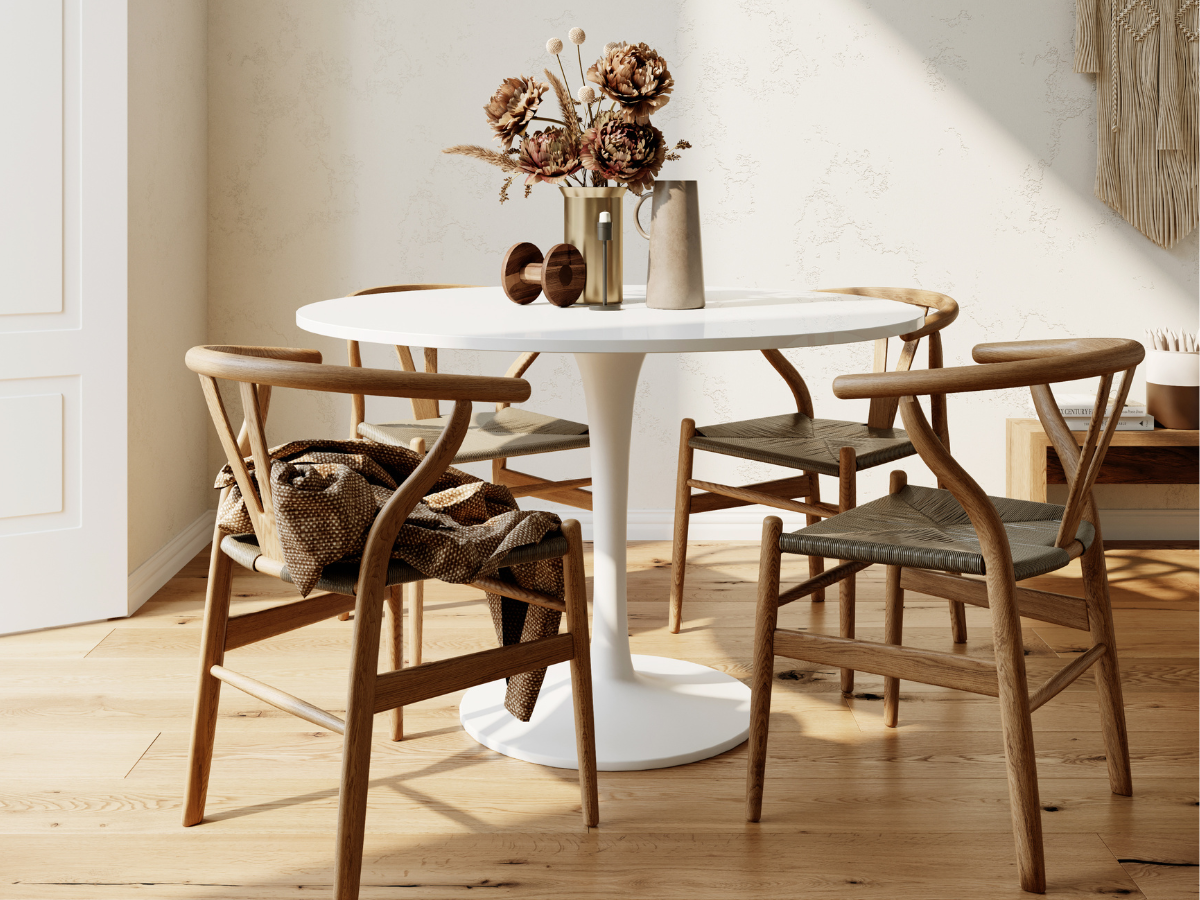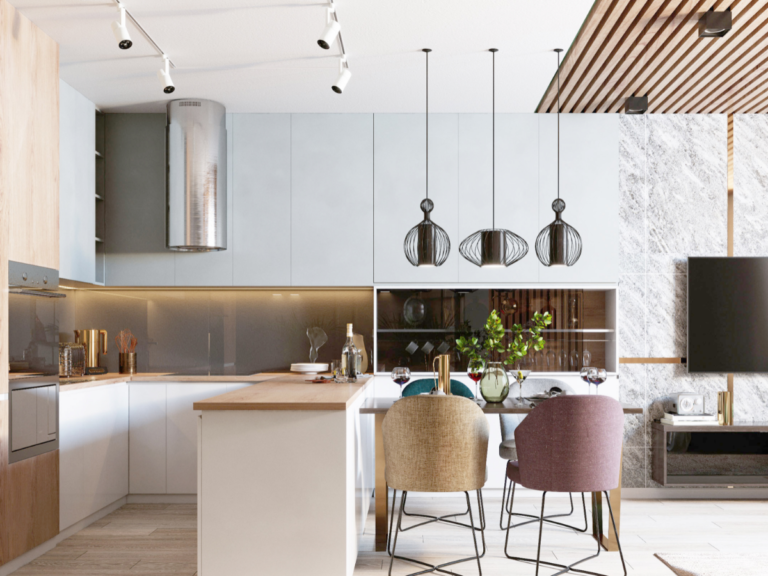Are you tired of looking at the same old living room decor every day? Wondering if it’s time for a change but not sure when or how often to change home decor to keep things fresh?
Keeping your home decor updated isn’t just about following trends—it can significantly impact how you feel and function in your own space.
Whether you’re a homeowner, a real estate agent, or an interior design enthusiast, understanding the best times and reasons to update your home decor can make all the difference in maintaining a space that feels alive, welcoming, and personal.
This guide will explore how often to change home decor, the signs it’s time for a refresh, and tips for making updates without breaking the bank.
Let’s dive in and discover how frequently you should be redecorating your space.
Why Updating Home Decor Matters

Home is where the heart is, but even the heart needs a change sometimes. Updating your home decor isn’t just about making things look good; it’s about how your space makes you feel. The environment you live in can affect your mood, your energy levels, and even how you interact with your loved ones.
A fresh, new look can lift your spirits, reduce stress, and make your home feel more comforting and inviting. Think about how nice it feels to walk into a room that looks and feels just right—it’s like a little boost for your day. Knowing how often to change home decor can help you maintain this positive feeling.
Keeping your decor updated also helps your home stay stylish and modern. Home decor trends change, and what was trendy a few years ago might not feel so fresh today.
By making small updates regularly, you can keep your space looking current, which not only makes you feel good but also impresses visitors.
Practicality and comfort are big reasons to consider updating your home decor, too. As life changes—maybe you’ve started working from home, had kids, or picked up a new hobby—your home needs to change with you.
Rearranging your space or getting new furniture that better fits your current lifestyle can make daily life more comfortable and enjoyable. A home that fits your needs and feels comfortable is a home where you can truly relax and be yourself.
In the end, updating your home decor is about creating a space that reflects who you are and what makes you happy.
Factors That Contribute to the Need for Changing Home Decor
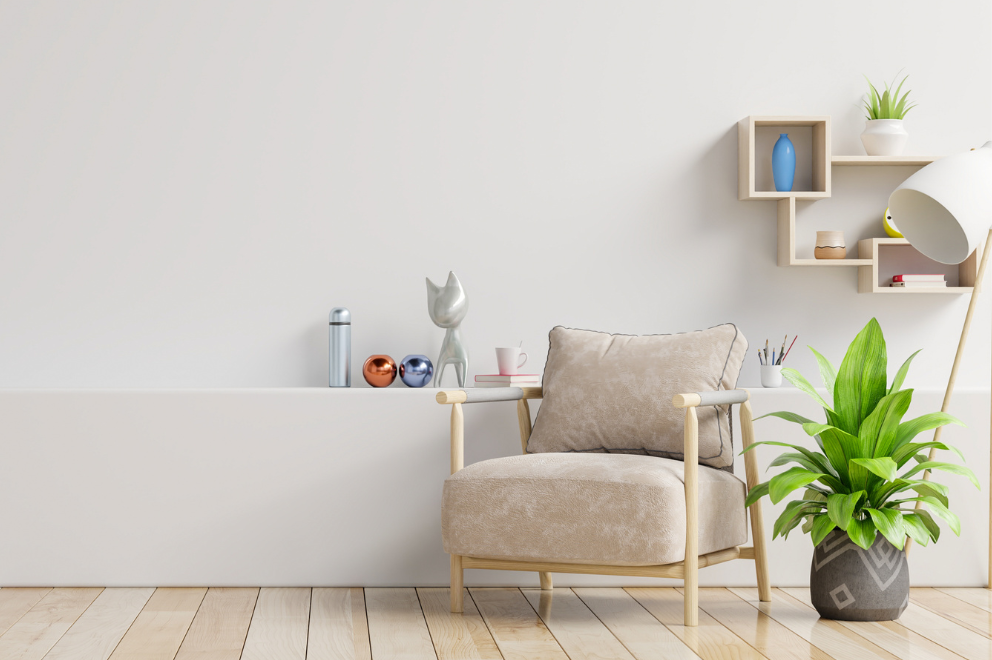
Several factors can influence how often to change home decor to keep your space feeling fresh and comfortable. Understanding these factors can help you plan your redecorating projects more effectively:
Personal Taste and Style Evolution
Our tastes and preferences change over time. What you loved five years ago might not appeal to you anymore. As your personal style evolves, updating your home decor can help reflect the current ‘you.’ This ensures your home always feels like it truly belongs to you.
Lifestyle Changes
Major life events such as getting married, having children, or kids leaving for college can significantly impact your decor needs. A newlywed couple might want to personalize their space, while a growing family might need more child-friendly furniture and decor. Even empty nesters may seek to repurpose a bedroom into a home office or hobby room.
Seasonal and Cultural Influences
Different seasons bring different vibes. You may feel the need to switch out your decor to match the time of year—light, bright colors for summer, and warm, cozy tones for winter. Additionally, cultural traditions and holidays can inspire temporary or permanent changes in home decor, like festive decorations or seasonal table settings.
Trends and Fashions
Home decor trends change frequently, much like fashion. While it’s not necessary to follow every trend, incorporating a few trendy elements can make your home feel up-to-date and stylish. A few modern touches here and there can keep your space feeling fresh.
Wear and Tear
Over time, furniture, fabrics, and decor items can show signs of wear and tear. Faded upholstery, scratched furniture, or outdated paint colors can make a space look tired and neglected, prompting the need for an update. Regularly assessing your home’s condition can help you decide when it’s time for a refresh.
Functional Needs
Changes in how you use a space might require updates to your home decor. For instance, if you start working from home more often, you might need to create a dedicated and well-decorated home office area. Similarly, aging in place or accommodating a disability might call for functional changes in decor and layout, such as installing grab bars or rearranging furniture for better accessibility.
Real Estate and Market Considerations
If you’re planning to sell your home, updating your decor can increase its appeal to potential buyers. Fresh, modern decor can make a home more attractive and potentially increase its market value. Knowing how often to change home decor can help you keep your home market-ready.
Environmental Factors
Sometimes, environmental factors like humidity, sunlight exposure, and temperature changes can cause decor elements to deteriorate faster, necessitating more frequent updates. For instance, sun exposure can fade fabrics and artwork, while humidity can damage wood furniture.
Technology and Innovation
The integration of smart home technology often requires decor changes. New gadgets, lighting systems, and smart furniture can make your home more functional and can inspire a whole new look that complements these innovations. Incorporating tech-friendly designs can keep your home both stylish and up-to-date.
Knowing When It’s Time for a Refresh
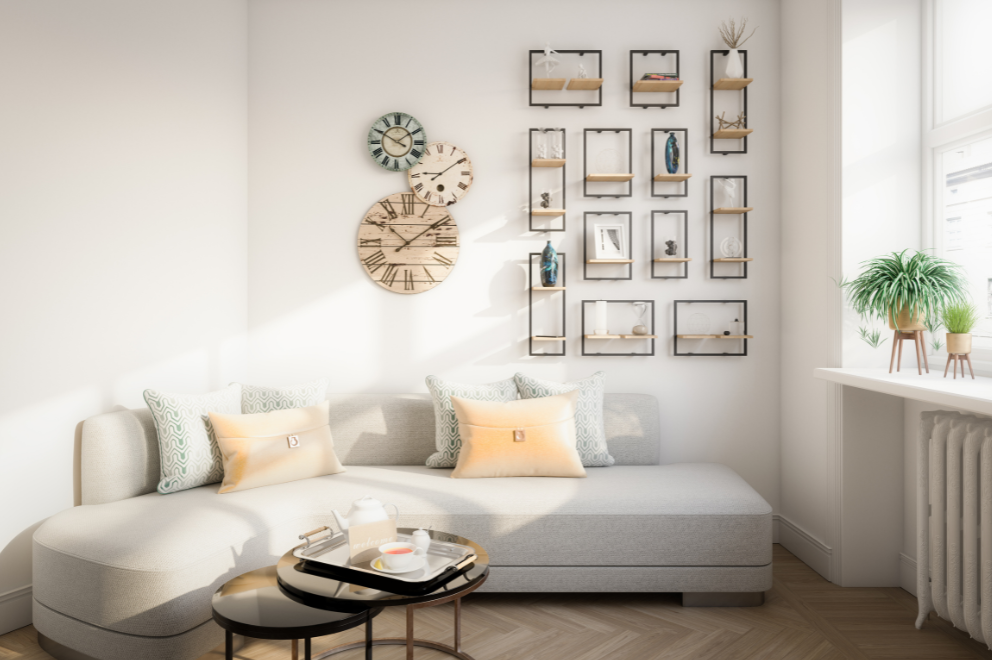
Wondering if it’s time to change your home decor? Here are a few signs to look out for:
- You Feel Uninspired: If your home doesn’t feel like a place where you can relax and be happy, it might be time to change things up. Feeling uninspired or not excited about your current decor is a big sign that it’s time for a refresh.
- Your Space Feels Outdated: If your decor no longer reflects your style or looks a bit old-fashioned, consider updating it. Even small changes, like new light fixtures or wall art, can give your space a fresh and modern feel.
- You’ve Experienced a Lifestyle Change: Big life events—like getting married, having a baby, or starting a new job—often mean your home needs to change too. You might need to create a nursery, set up a home office, or make room for new activities.
- You’re Constantly Rearranging: If you keep moving furniture around but still aren’t satisfied, it might mean your current layout or decor isn’t working anymore. A more significant update could make your space more functional and enjoyable.
- Your Home Doesn’t Feel Like ‘You’: As you grow, your tastes change. If your home no longer feels like it represents who you are, consider redecorating to reflect your current interests and style. Personal touches make your space feel like home.
- You’re Hosting More Often: If you have guests over more frequently, a quick refresh of your home decor can make a big difference. A well-decorated space creates a warm, welcoming atmosphere that’s perfect for entertaining.
- You’re Feeling Stressed or Overwhelmed at Home: A cluttered or mismatched space can add to stress. Simplifying and refreshing your decor can help create a calm and relaxing environment that supports your well-being.
- You’re Looking for a Fresh Start: Moving to a new city or entering a new phase of life can be the perfect time to update your home decor. A fresh look can symbolize a new beginning and help you feel more settled in your new circumstances.
Tips for Updating Home Decor without Overhauling Everything
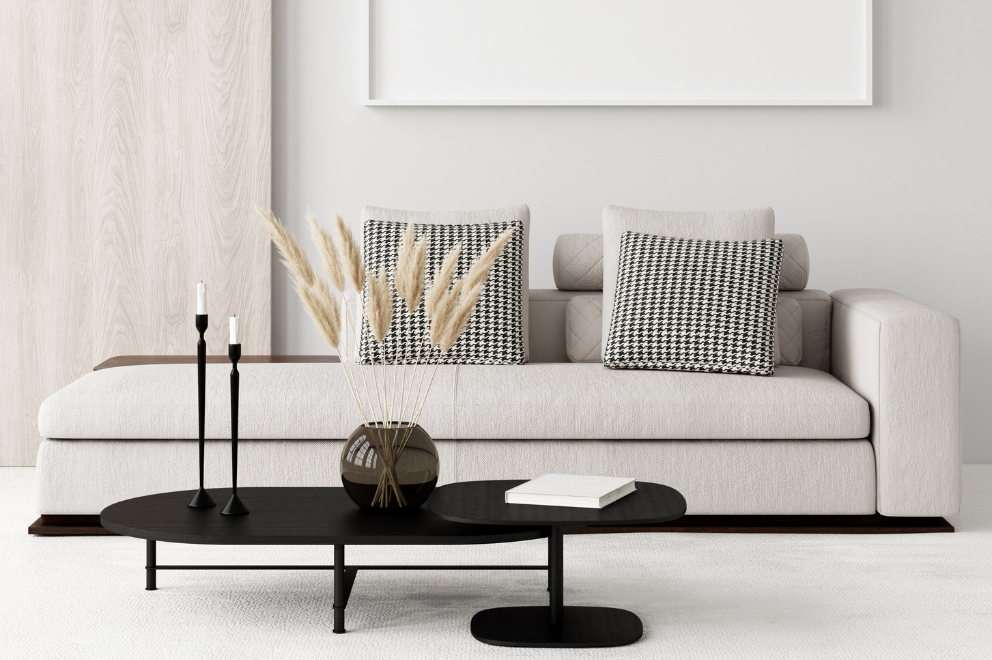
What Are Home Decor Mistakes to Avoid?

Decorating your home is exciting and fun, but it’s easy to make mistakes that can affect how your space looks and feels. Whether you’re new to decorating or have been doing it for years, avoiding these common home decor mistakes can help you create a home that’s both stylish and functional.
Ignoring How a Room Is Used
A room should be more than just pretty—it needs to work for your daily life too. Sometimes, we focus so much on making a room look nice that we forget about how practical it needs to be. For example, a beautifully arranged living room isn’t helpful if it doesn’t have enough comfortable seating for everyone.
Before you start decorating, think about how you use the room. Make sure the layout allows for easy movement and meets your needs, like having enough seating or storage.
Going Overboard with Trends
Trends come and go quickly. It’s tempting to fill your home with the latest styles, but this can make your decor look dated in just a few years. Instead of focusing on trends for big items, use them for small, easy-to-change accessories.
Stick to timeless pieces for big items like sofas and tables. Use trendy elements like pillows, rugs, or artwork that you can swap out easily when you want a change.
Choosing the Wrong Colors
Color has a huge impact on how a room feels. Picking paint colors first can limit your choices and make it harder to find furniture and decor that matches.
Start with your main furniture pieces, then choose a paint color that complements them. Use a color wheel to find colors that work well together for a balanced look.
Bad Lighting Choices
Lighting can make or break a room’s atmosphere. Relying only on one type of lighting, like overhead lights, can make a room feel harsh or dim.
Use different types of lighting, such as table lamps, floor lamps, and wall lights, to create a warm, inviting atmosphere. Add dimmer switches for more control over the lighting.
Pushing Furniture Against Walls
Pushing all your furniture against the walls might seem like it makes the room feel bigger, but it often does the opposite. It can make a room feel empty and uninviting.
Try pulling furniture away from the walls to create cozy, intimate seating areas. Use rugs to define different spaces within a room.
Not Measuring Your Space
Buying furniture without measuring your space can lead to awkward setups. A sofa that’s too big for a room or a rug that’s too small can throw off the balance of your decor.
Measure your space before shopping. Consider how each piece will fit in the room and create a floor plan to visualize the layout.
Forgetting About Personal Style
Your home should feel like you, not just a showroom. Copying a look from a magazine or Pinterest without adding your own touches can make your space feel impersonal.
Incorporate items that have personal meaning, like family photos, travel souvenirs, or handmade crafts. Mix different styles that reflect your personality.
Overlooking Small Details
Small details, like hardware or fabric quality, can make a big difference in the overall look of a room. Ignoring these details can make your decor feel unfinished.
Update things like door handles, drawer pulls, and light fixtures to match your decor style. Choose quality fabrics for curtains, pillows, and upholstery to add a polished touch.
Over-Decorating
It’s easy to add too much decor, which can make a room feel cluttered and overwhelming. Too many accessories or furniture pieces can distract from the overall look.
Embrace the idea that “less is more.” Focus on a few statement pieces that you love and leave some empty space for a balanced look. Regularly edit your decor to keep the space fresh.
Ignoring Scale and Proportion
Using decor that’s too big or too small for your space can look awkward. For instance, a tiny piece of art on a large wall or an oversized sofa in a small room can easily throw off the balance.
Therefore, choose decor that matches the size of the room. Use larger pieces for big walls, or alternatively, group smaller pieces together for a more balanced look.
Frequently Asked Questions (FAQs)
How often should I change my home decor?
It depends on your personal preferences and lifestyle changes. Some people update their decor seasonally, while others do it every few years. Listen to what feels right for you!
How can I update my decor without spending a lot of money?
Try rearranging your furniture, using what you already have in new ways, or doing some DIY projects. Even small changes, like new throw blankets or a fresh coat of paint, can have a big impact.
How can I add personality to my home decor?
Include items that tell your story, like family photos, travel souvenirs, or things that reflect your hobbies. Personal touches make your home feel uniquely yours.
How can I make my home decor look more cohesive?
Stick to a consistent color palette and style throughout your home. This creates a unified and harmonious look that feels well put together.
Conclusion
Updating your home decor doesn’t have to be complicated or expensive. By making small changes and avoiding common mistakes, you can effortlessly create a space that feels fresh and uniquely yours. Moreover, focus on what makes you happy, and remember that your home should always be a place where you feel comfortable and relaxed. Enjoy the process of decorating, and let your personal style shine through!
